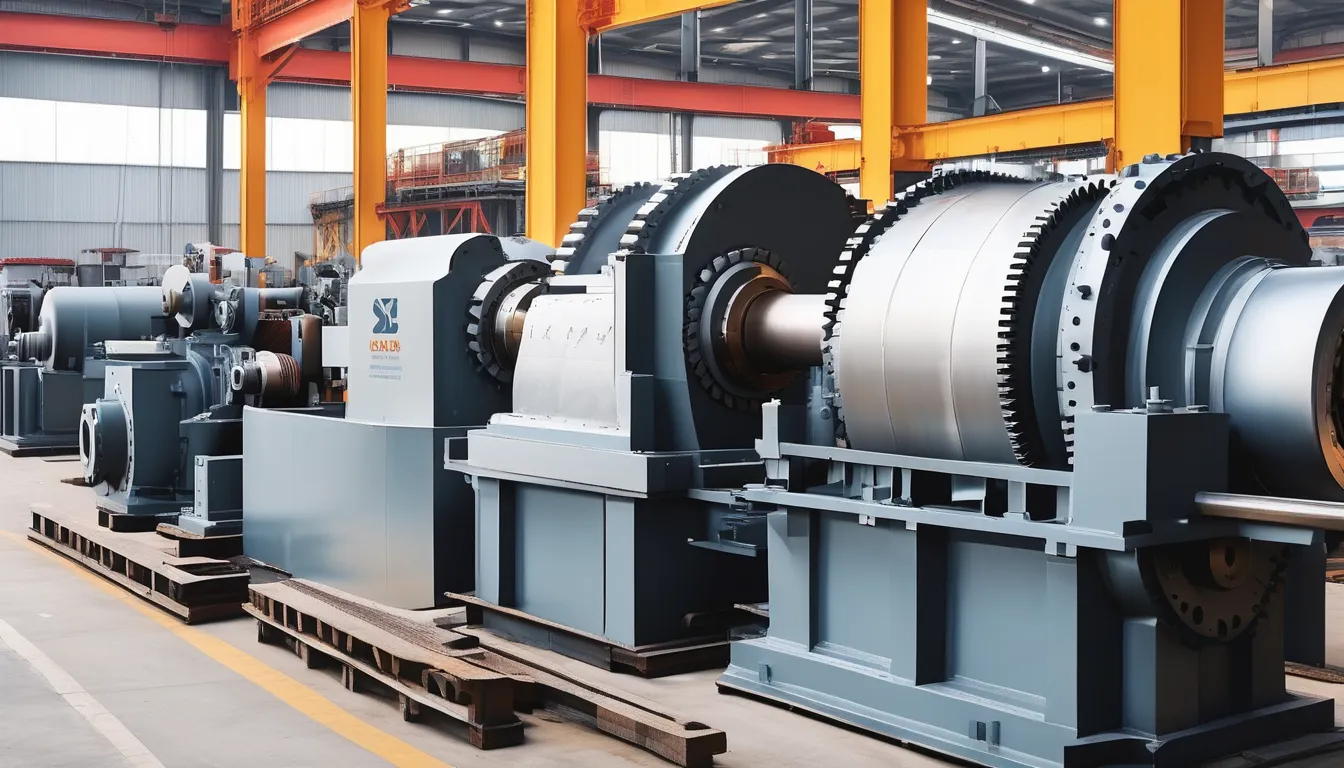When it comes to maintaining your helical gearbox, you can’t overlook the importance of regular inspections. You should be on the lookout for unusual noises, vibrations, or leaks that could signal underlying issues. Proper lubrication is also vital—choosing the right lubricant and monitoring oil levels can make a significant difference in performance. But that’s just the beginning; understanding common wear indicators and alignment techniques can further extend the life of your gearbox. Curious about the specific steps you can take to ensure optimal performance?
Importance of Regular Inspections
When it comes to maintaining a helical gearbox, you can’t overlook the importance of regular inspections. These inspections play a crucial role in identifying potential issues before they escalate into costly repairs or system failures. By routinely checking the Industrial Gear Drive , you can ensure that all components are functioning properly and that there aren’t any signs of wear or damage.
During your inspections, pay close attention to the gearbox housing, input and output shafts, and the gear teeth. Look for any unusual noises, vibrations, or leaks that might indicate a problem. If you notice anything out of the ordinary, address it immediately. Ignoring these warning signs could lead to severe operational issues down the line.
It’s also wise to maintain a detailed log of your inspections. This record helps you track the gearbox’s condition over time and can assist in scheduling future maintenance. Moreover, it provides valuable data if you ever need to troubleshoot or consult with a professional.
Lubrication Best Practices
Proper lubrication is essential for the efficient operation and longevity of your helical gearbox. To get the most out of your gearbox, you should choose the right lubricant based on the manufacturer’s specifications. This means considering factors like viscosity and operating temperature.
Always keep an eye on the oil level and refill as necessary to prevent overheating and excessive wear.
When you lubricate, make sure to clean the area around the fill and drain plug to avoid contamination. It’s crucial to replace the oil at regular intervals, as old lubricant can break down and lose its effectiveness.
Don’t forget to monitor for any signs of leaks, and address them promptly.
You should also pay attention to the type of lubrication method you’re using. Whether you choose oil splash, grease, or a centralized lubrication system, ensure it’s suitable for your application.
Finally, during routine maintenance, consider sampling the lubricant for analysis. This helps you identify potential issues early and maintain optimal performance.
Common Wear Indicators
Identifying common wear indicators in your helical gearbox is crucial for maintaining optimal performance and preventing costly failures. One of the first signs you might notice is unusual noise. If you hear grinding, whining, or clunking sounds, it’s time to investigate further. These noises often indicate gear tooth wear or misalignment.
Next, pay attention to vibration levels. Excessive vibration can signify worn bearings or gears, which may lead to more severe damage if left unchecked. Regularly checking for abnormal vibrations can help you catch potential issues early.
Another critical wear indicator is overheating. If your gearbox runs hotter than normal, it could signal inadequate lubrication or excessive friction. Monitor the temperature closely to avoid overheating-related failures.
Lastly, inspect the oil for metal shavings or discoloration. The presence of metal particles can indicate wear on the gearbox components, requiring immediate attention.
Proper Alignment Techniques
Achieving the correct alignment of your helical gearbox is essential for ensuring smooth operation and minimizing wear. Misalignment can lead to excessive vibration, increased load, and premature failure.
To get it right, start by checking the mounting surfaces. They should be clean, flat, and free of debris. Use a dial indicator or laser alignment tool to measure the shaft alignment accurately.
Next, adjust the position of the gearbox relative to the motor. You might need to shim or reposition the gearbox to achieve proper alignment. Keep in mind that the shafts should be parallel and aligned within the manufacturer’s specifications.
After making adjustments, recheck the alignment to confirm your changes have been effective.
Don’t forget to secure all bolts and fasteners after aligning. This prevents any shifts that could occur during operation.
Regularly inspect the alignment as part of your maintenance routine, especially after significant load changes or equipment modifications.
Scheduled Maintenance Checklist
Regular maintenance is crucial for keeping your helical gearbox running smoothly and efficiently. To ensure longevity, follow this scheduled maintenance checklist.
First, check the oil level and quality at regular intervals. Ensure it’s within the manufacturer’s recommended range and free from contaminants. If it’s dirty or low, change it immediately.
Next, inspect the seals and gaskets for wear or leaks. Damaged seals can lead to oil loss, affecting performance. Replace any faulty components promptly.
Then, examine the gear teeth for signs of wear or damage. Look for pitting, chipping, or unusual wear patterns. If you spot any issues, consult a professional for advice on repairs or replacements.
Don’t forget to tighten all bolts and screws. Loose fittings can lead to misalignment and further damage.
Conclusion
In conclusion, keeping your helical gearbox in top shape requires consistent attention. By conducting regular inspections, using the right lubricants, and monitoring wear indicators, you can catch problems early. Don’t forget to ensure proper alignment and stick to your maintenance schedule—it’ll save you from costly repairs down the line. By following these tips, you’ll not only extend the life of your gearbox but also enhance its performance, ensuring it runs smoothly for years to come.






